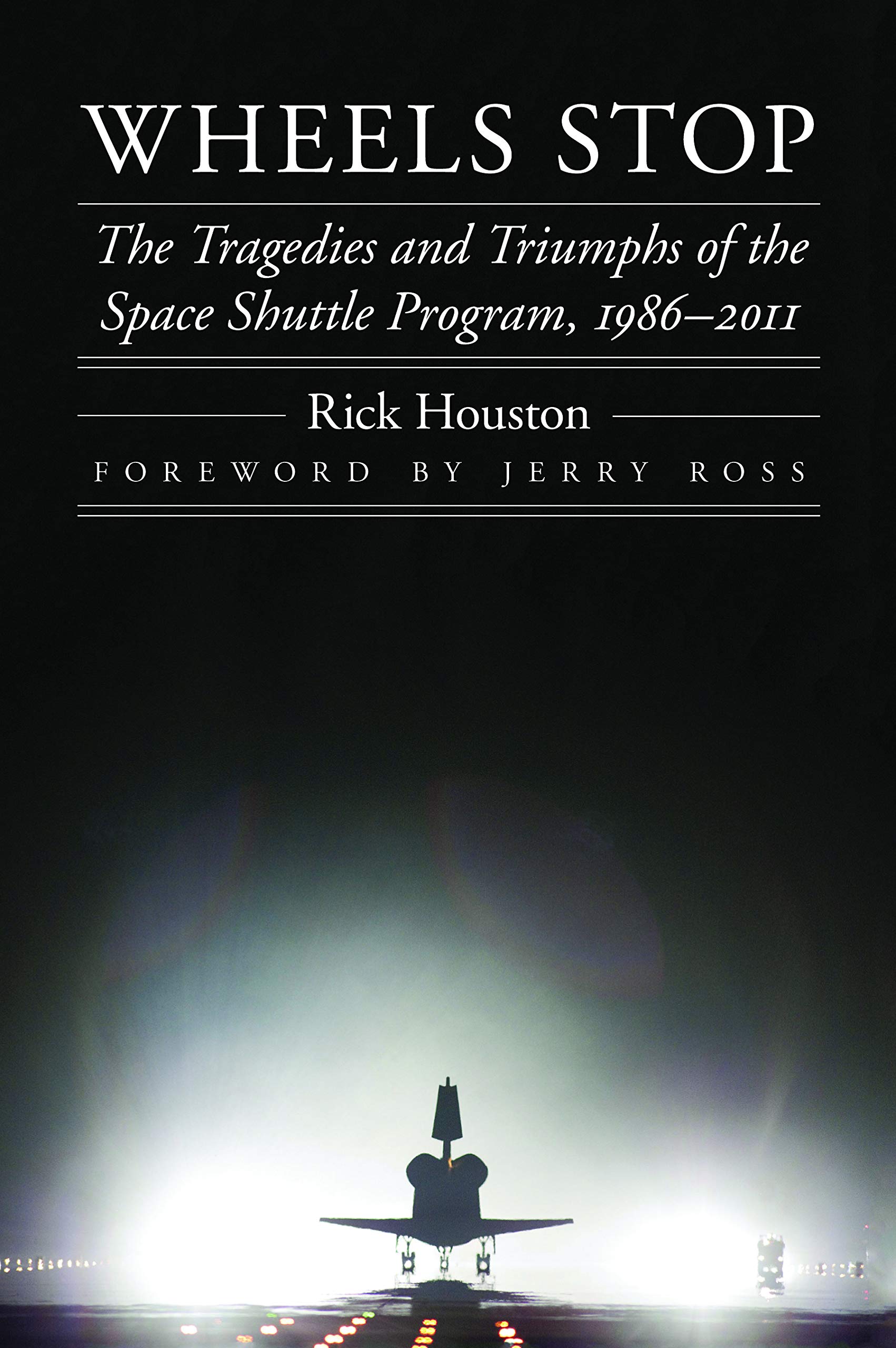 Story: Picking up the story in the wake of the 1986 Challenger tragedy, the author chronicles, through interviews with as many of the astronauts as possible who were flying the missions, every shuttle flight from 1989 through the end of the shuttle program in 2011. Though most of these flights are chronicled chronologically, there are special sections devoted to flights related to the Hubble Space Telescope, flights to the Russian space station Mir, and the flights that built Mir’s successor, the International Space Station.
Story: Picking up the story in the wake of the 1986 Challenger tragedy, the author chronicles, through interviews with as many of the astronauts as possible who were flying the missions, every shuttle flight from 1989 through the end of the shuttle program in 2011. Though most of these flights are chronicled chronologically, there are special sections devoted to flights related to the Hubble Space Telescope, flights to the Russian space station Mir, and the flights that built Mir’s successor, the International Space Station.
Review: In this reviewer’s lifetime, we’ve gone from it not being an unreasonable prospect to have memorized the name of every astronaut who flew in the Mercury, Gemini, and Apollo programs (Skylab and Apollo-Soyuz included) to there having been more astronauts flown aboard the space shuttle than anyone could reasonably be expected to commit to memory. The shuttle flew over a hundred times, and in many cases engaged in research missions that didn’t get the public attention of a moonshot or a major first, but were of major importance in preparing for long-term human habitation in space. The sheer number of missions, and crew members, threatens to turn into indecipherable background noise. This book does a lot to fix that problem, introducing you to the astronauts who flew the missions and laying out the goals and the stakes of each mission.
In a few cases, the information is extremely limited, particularly with Department of Defense missions (almost all of them pre-Challenger) that remain classified to this day. Since many shuttle commanders and pilots were ex-military, no one divulges anything about those flights, though there is rather more discussion of STS-27, only the second post-Challenger-accident flight, which suffered major tile damage on liftoff and could well have let to an “Atlantis accident” instead of a “Columbia accident” that very likely would have ended the entire shuttle program before the end of 1988. Fortunately, that’s not what happened, but it does merit discussion in light of what comes later.
The author does a good job of tracking down at least one person connected to each shuttle flight. In some cases, it may be a flight controller who recalls specific details, rather than a shuttle crew member, but there are few gaps outside of the shuttle’s handful of still-secret military missions. Several of the astronauts interviewed get a brief biography with their comments, and the quotes and anecdotes are more plentiful with the more recent missions, where the author clearly had more access and interview time with his subjects. But it’s no small feat to effectively cover 110 missions in a single book.
When the last of the shuttles lands, there’s an all-hands rumination on the future of crewed spaceflight, with the author and several of his interviewees lamenting the fact that, as with the gap between Apollo-Soyuz and the shuttle from 1975 through 1981, the American space program is out of the business of putting people in orbit once more, now relying on Soyuz rides to the International Space Station. Of course, as we now know, the gap between the last shuttle flight and the next crewed flight launched from the U.S. was over a decade, and it was a gap ended not by a NASA vehicle, but by SpaceX’s Crew Dragon (though SpaceX did, of course, have copious funding through the Commercial Crew program bankrolled by NASA). The former shuttle astronauts quoted here are clearly annoyed at the potential for another gap. A final chapter catches up with several of the astronauts in their post-NASA endeavours, from scaling Everest to being doctors without borders.
The ubiquity of space flight from the ’90s through the early 2000s made a lot of these missions run together in the public’s eye; one astronaut is quoted as saying that it’s a pity NASA made going to space look so easy, because it never actually was easy. This book does a great job of helping to focus on specific missions and people and correct that tendency to lump all of the quietly successful missions together.
Year: December 1, 2013
Author: Rick Houston
Publisher: University of Nebraska Press
Pages: 430




